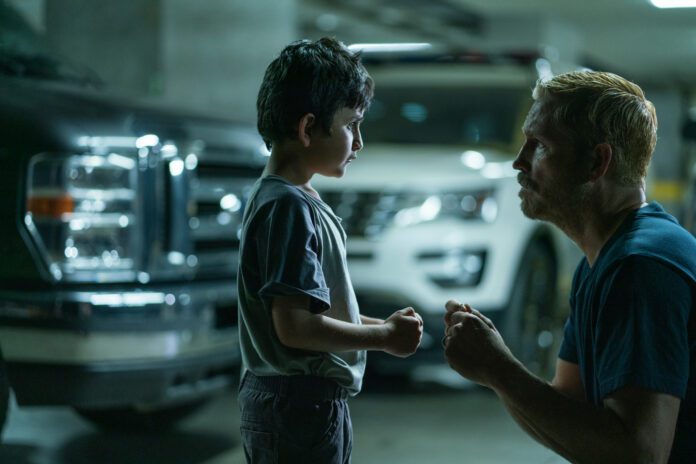The fight against modern slavery
What is the value of a single story? On Independence Day of this year, Angel Studios released “Sound of Freedom,” directed by Alejandro Gómez Monteverde. The movie had quite an interesting start while making more revenue from the second week of showings than the first. Despite its miniscule budget of $14.5 million, the movie was able to surpass films ten times its budget in the box office, raking in about $212.5 million globally. Even three months later, “Sound of Freedom” is number one in the box office across 18 Latin American countries.
“Sound of Freedom” follows the story of Tim Ballard, a U.S. federal agent, and his quest to rescue two children, Miguel and Rocío, who have been kidnapped by child traffickers. After tracking down Miguel’s captor and returning him to his concerned father, Ballard to find Rocío.
Ballard orchestrates a sting operation with the Colombian police in an attempt to save more children from their enslavement and to hopefully find Rocío. When it is discovered that Rocío is not among the 50 or so victims who had been rescued, Ballard explores the depths of the Colombian jungles, infiltrates a revolutionary encampment and brings the child back home to her father.
“Sound of Freedom” is based on real people and true events with some creative liberties. The sting operation in the movie was based on three coordinated sting operations conducted by Operation Underground Railroad (O.U.R.) and Homeland Security Investigations (HSI), resulting in 123 rescued survivors.
Ballard was a federal agent who played a role in “Operation Triple Take” and also founded O.U.R. – a non profit organization dedicated to fighting sex trafficking across the globe. Other characters such as “Giselle,” “Fuego,” “Vampiro” and “Teddy” are all based on real life people who went through similar events.
However, there were other aspects of the film which were added to enhance the action-drama spectacle. The final act of the movie where Ballard goes off to rescue Rocío never actually happened; this only mimics O.U.R. operatives acting as medics in the Amazon in order to uncover any trafficking. Ballard also did not kill anyone in real life nor was he threatened with a gun during the sting operation.
These directional choices, however, do not undermine the premise of the film in its pursuit of exposing the evil which often lurks in the shadows of ignorance. The purpose of the film can be summed up in the dialogue given by Jim Caviezel, who plays Ballard, after the credits: “[W]e have a chance to make these two kids, and the countless people that they represent, the most powerful people in the world by telling their story in a way that only cinema can do.”
The “Sound of Freedom” is in no way a masterclass in cinematography. It has a few somewhat entertaining action scenes. Otherwise, there are no grand set pieces in the film and often some of the dialogue and comedic lines fall flat. These grievances, however, are somewhat mitigated by the movie’s tiny budget.
What the film lacks in all things money-related, it makes up for with brutal realism. It has a simple yet effective plot, which in this day and age is quite a rarity; the characters are very grounded – there are no superheroes and supervillains here – and all the child actors in the film are actual survivors of child trafficking.
The “Sound of Freedom” stays on the unexplicit side when filming about such a horror and instead inserts long dramatic pauses. In one instance, the camera is only showing Ballard’s eyes -filled with some sort of pain or anguish.
The film even contains actual footage of the sting operation in the end credits. When placed side-by-side, the footage and the movie scene are nearly identical. There is also footage at the start of the film showing children being kidnapped in broad daylight; child-trafficking does not only happen in a dark alleyway or in a single instance of the movie.
After the closing scenes of “Sound of Freedom,” the audience is met with a blank screen, followed by the disturbing data of human trafficking.
“Human trafficking is a $150 billion a year industry. The U.S is one of the top destinations for human trafficking and is one of the top consumers for child sex. There are more humans trapped in slavery now than at any point in human history, including when slavery was legal.”
The first step in fighting child trafficking – and human trafficking in general – is bringing this malicious, inhumane crime out into the light as an important issue to be addressed here and now. I would recommend people to check out the O.U.R. website to learn more about the issue and what you can do to help.

Beutifully written article 🙂